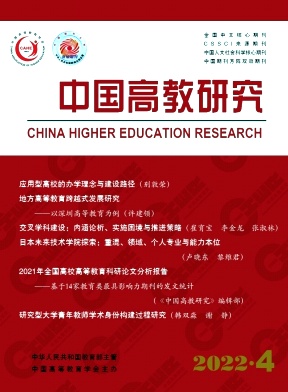Innovation and Entrepreneurship Education
WANG Zhiqiang
The essential attributes of innovation and entrepreneurship education should have two prescriptive qualities: Firstly, the logical starting point of entrepreneurship education is “entrepreneurship”, in terms of spirituality, entrepreneurship education aims to cultivate a mind based on innovation among university students, emphasizing the cultivation and stimulation of their inner psychology, such as the spirit of adventure, the will to explore, and the desire for material and spiritual wealth. Secondly, the logical focus of entrepreneurship education continues to return to “education”, through systematic and institutional arrangements, to bring out the potential entrepreneurial spirit of university students, so that they can spontaneously, naturally and freely use the knowledge, skills and experience they have acquired, and have the ability and willingness to start their own businesses. The new structural view of innovation and entrepreneurship education emphasizes the transformation from a “hierarchical system” to a “platform organization”, transforming the linear and functional organizational structure, which has lost its creativity, into an open platform organization with endogenous growth. Therefore, innovation and entrepreneurship education in universities must be structurally transformed into a platform-based organization, characterized by the respect and freedom that inspires each participant, to enhance the vitality of innovation and entrepreneurship education.
